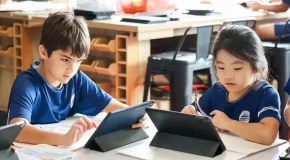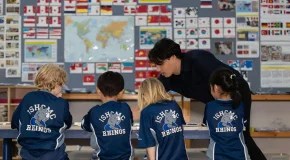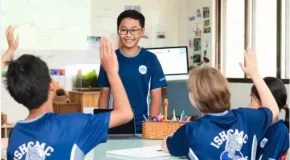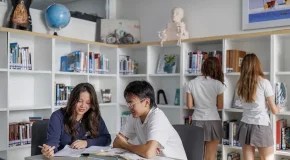Top 8 Innovative Teaching Strategies in 2025
Traditional education often prioritizes memorization over curiosity, control over creativity, and conformity over adaptability. However, to meet the needs of a changing world, schools are moving toward innovative teaching strategies that center on agency, relevance, and real-world problem solving.
These strategies, common across leading international schools and International Baccalaureate (IB) Programme, help students stay engaged and develop future ready skills. Schools like the International School Ho Chi Minh City (ISHCMC) apply this approach daily, blending inquiry, design, and self directed learning into a globally focused education model.
Here are eight innovation strategies for transforming student learning, with real world examples from ISHCMC, HCMC’s first IB World School.
1. Inquiry-Led Learning
Inquiry led learning places questions at the heart of instruction. Instead of delivering content, teachers guide students to investigate concepts, test their assumptions, and draw conclusions through exploration.
This strategy encourages curiosity and critical thinking from the earliest years through graduation. Schools that adopt this approach help students make sense of the world rather than memorizing parts of it. Inquiry also strengthens skills like problem solving, collaboration, and metacognition, all of which are critical for long term success.
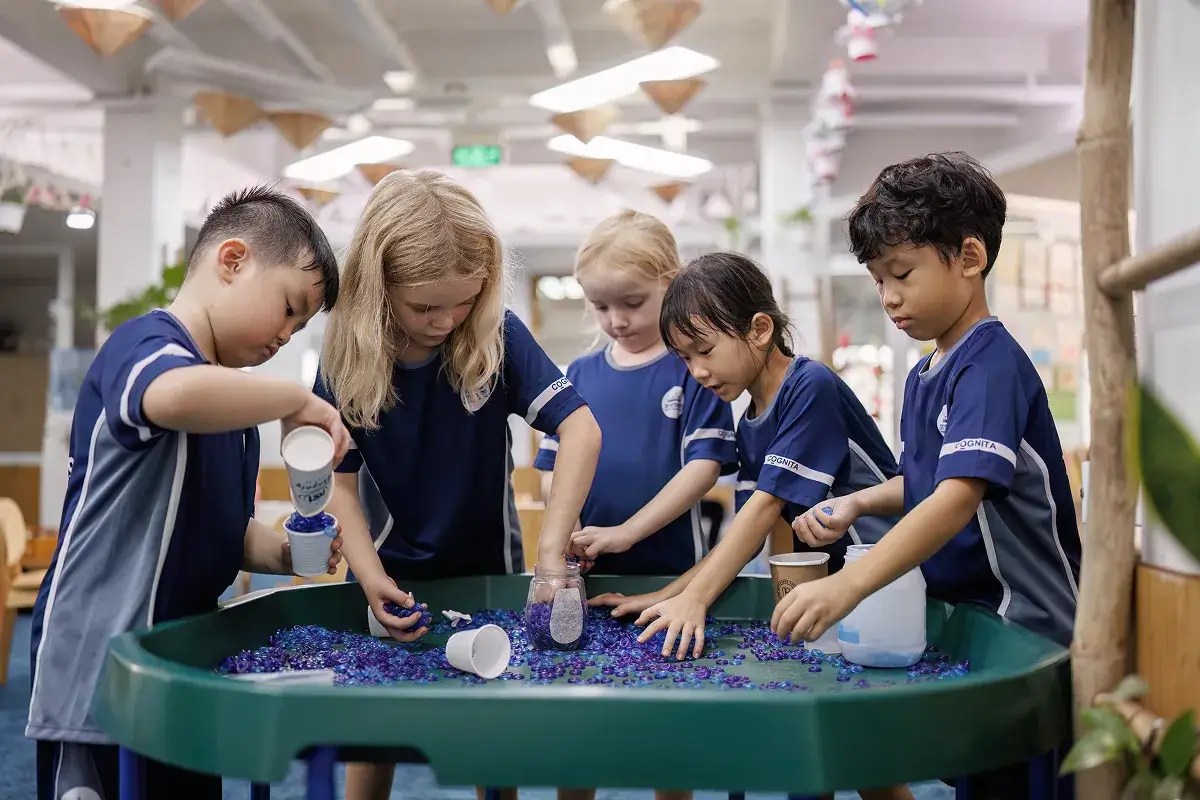
At ISHCMC, inquiry forms the foundation of the Primary Years Programme (PYP), Middle Years Programme (MYP), and Diploma Programme (DP). Each unit encourages students to pursue meaningful questions within real world contexts. Emily Taylor, an ISHCMC alumia, explored human rights through her MYP personal project, a journey that led her toward graduate studies and a career in consulting.
2. Project-Based Learning
Project Based Learning (PBL) allows students to apply knowledge through long term, often interdisciplinary tasks. Instead of isolated lessons, students tackle real world challenges that require research, design, iteration, and presentation.
This approach improves engagement because learners see the value of their work. It also builds communication, creativity, and perseverance, which are qualities that top universities and employers consistently value.
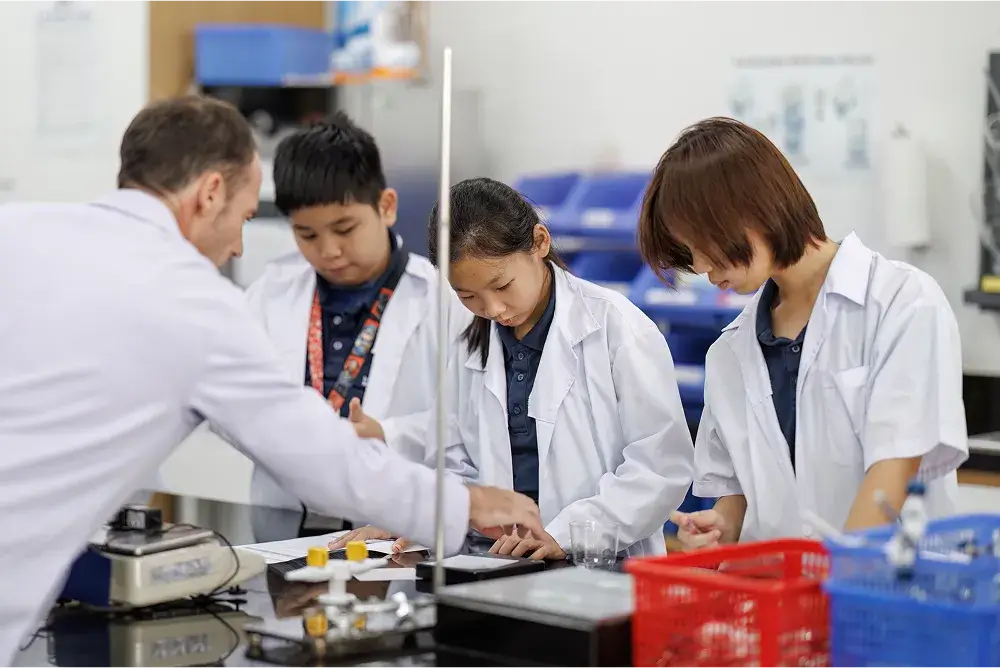
One student at ISHCMC turned a design concept into a fully functional bicycle, which McLaren eventually purchased. This story reflects the impact of schools that structure learning around authentic, student-led creation.
By building perseverance, teamwork, and initiative, students gain foundational skills that serve them well in college and throughout life. PBL at ISHCMC also reinforces personal agency, as students lead the learning process and reflect on outcomes throughout the project cycle.
3. Technology Support
Technology in modern classrooms enhances learning when used with intention. Students research, design, and communicate ideas using digital tools, gaining practical experience navigating information, collaboration, and presentation platforms.
Leading international schools incorporate platforms and software that align with design thinking, storytelling, and inquiry. Students become fluent in using technology as a tool for critical thinking and communication.

At ISHCMC, students use MacBook Airs and iPads from early grades onward. Technology supports STEAM programs and creative assignments, preparing students to contribute meaningfully in digitally driven environments. This technology framework supports hands on projects across disciplines, from robotics challenges to multimedia storytelling.
4. Transdisciplinary Teaching
When students study subjects in isolation, they often struggle to apply knowledge beyond exams. Transdisciplinary learning connects academic content to broad, relevant themes, allowing students to see how different disciplines interact in real-world contexts.
For example, a unit on sustainability might include data modeling (math), persuasive writing (language), ecosystem research (science), and artistic design. Students learn to integrate their thinking and recognize complexity, which is a necessary skill for global citizenship.
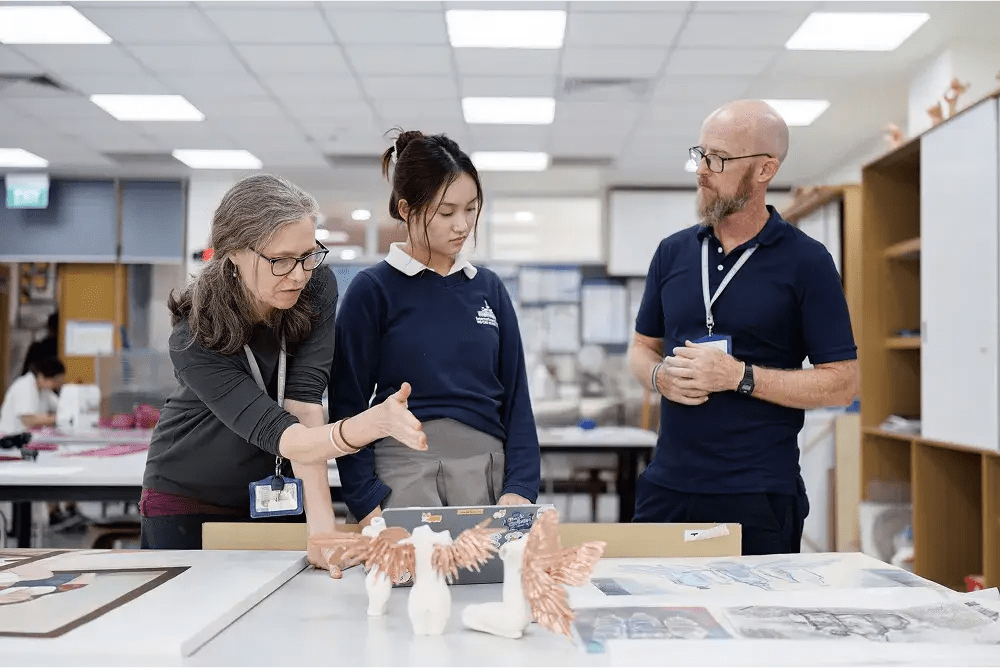
In ISHCMC’s PYP program, units like “Sharing the Planet” or “How the World Works” integrate real-world concepts through multiple disciplines. A unit on sustainability, for example, may include scientific inquiry, persuasive essay writing, and data analysis, all leading to action-oriented outcomes. By connecting learning experiences across subjects, students build context and retain knowledge more effectively. This also prepares them to approach future challenges with integrated thinking and adaptability.
5. Collaborative Learning
Group work helps students develop communication skills, flexibility, and emotional intelligence. In modern classrooms, learning often happens in flexible spaces that encourage discussion, co-creation, and peer feedback.
Schools emphasizing collaboration help students learn to listen, express themselves clearly, and support others. These environments also build resilience and empathy, which are critical for healthy social development.
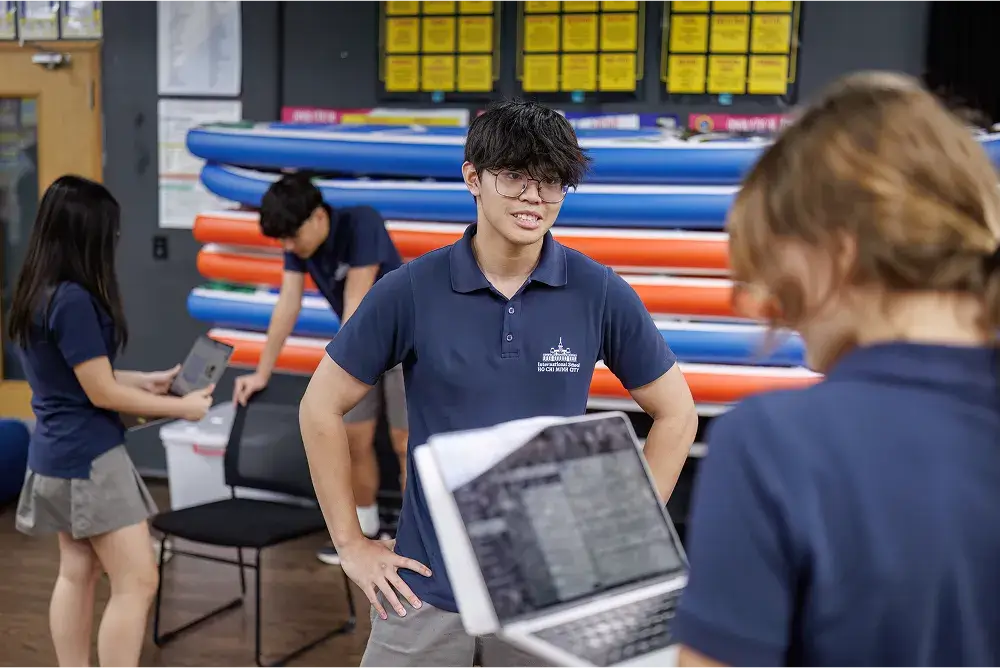
At ISHCMC, open classroom designs support student collaboration from the early years. Activities like Model United Nations, Business Club, and peer-led projects further reinforce teamwork and initiative. Through these experiences, individuals cultivate respect, the ability to negotiate, and collective responsibility, all of which are essential for strong leadership.
6. Self-Directed Learning
Self-directed learning gives students responsibility for setting goals, managing time, and tracking their own development. Students become more independent, confident learners when they learn to monitor their progress and adapt their strategies.
This approach strengthens both academic and personal outcomes. Students develop self regulation, a growth mindset, and internal motivation, which are traits that set them apart in university and career settings.
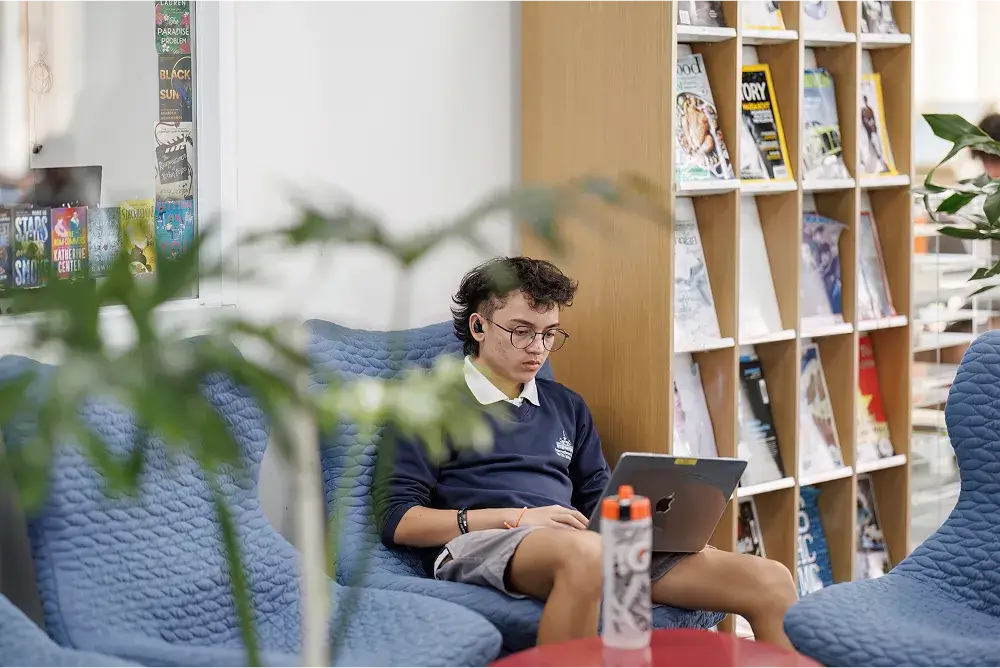
At ISHCMC, the Approaches to Learning (ATL) framework supports self-management from early years onward. Students use reflection journals, goal-setting exercises, and self-assessment tools in daily lessons. For example, Kennedy Wheeler, an ISHCMC graduate, maintained a rigorous academic schedule while pursuing elite-level swimming, ultimately earning a full Division 1 scholarship.
7. STEAM and Design Thinking
Science, Technology, Engineering, Arts, and Mathematics (STEAM) learning supports a hands-on, solution-focused mindset. When combined with design thinking, which is the process of defining, ideating, prototyping, and refining, students build practical skills and creative confidence.
Schools offering these opportunities expose students to robotics, engineering, visual storytelling, and innovation challenges. These experiences help students take risks, learn from failure, and design with purpose.

At ISHCMC, students build working models in robotics labs, write code for interactive applications, and design physical prototypes. These experiences start in early secondary and grow more advanced through high school electives and after-school programs.
Students learn to identify user needs, prototype ideas, and test their outcomes, developing analytical skills and imagination. This mindset benefits students in creative fields, engineering pathways, and entrepreneurship.
8. Social-Emotional Learning Strengthens Well-being and Purpose
Success in school depends on more than academic ability. Social-emotional learning (SEL) helps students develop emotional regulation, empathy, and healthy relationships, providing the foundation for balanced, resilient individuals.
Schools that embed SEL across curricula and student life report stronger engagement, improved mental health, and more collaborative communities. Students build mindfulness, communication, and a clear sense of identity.
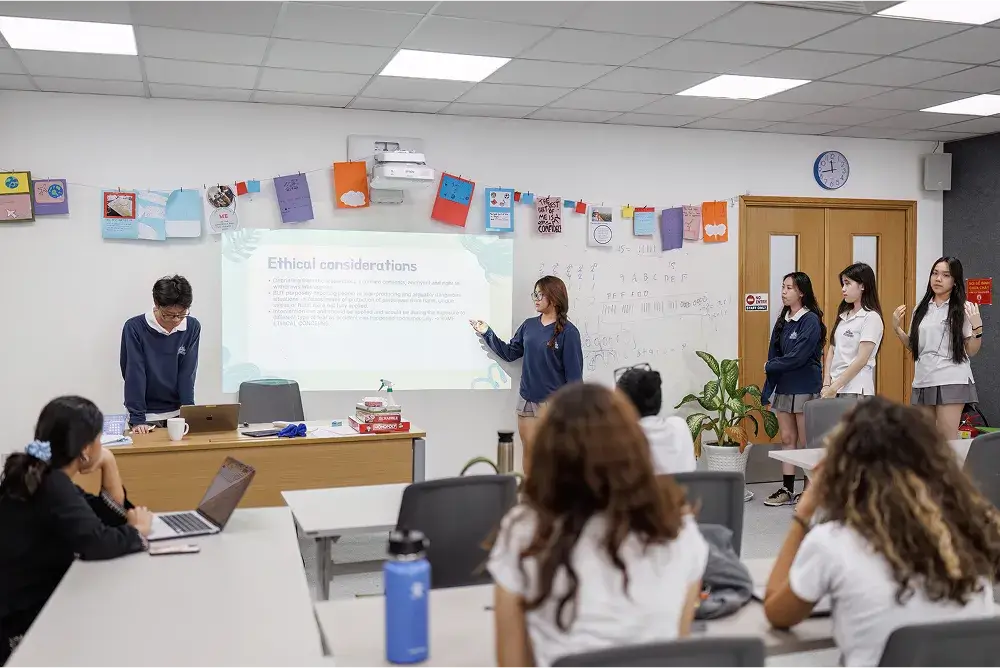
At ISHCMC, SEL appears in classroom discussions, mindfulness sessions, and co-curricular programs that reinforce kindness, empathy, and personal reflection. Pastoral care and student support teams prioritize emotional development alongside academics.
Innovation That Shapes Lifelong Learners
Innovation teaching strategies redefine what school can be, making it more engaging, human, and effective. Inquiry, collaboration, creativity, and self-direction give students more than academic achievement; they develop habits, values, and competencies that serve them for life.
International schools like ISHCMC demonstrate how these strategies work in action, empowering students to lead with clarity and purpose. For families aiming to prepare their children for the future, embracing innovation is essential rather than optional.
Explore how ISHCMC brings innovation into everyday learning, and prepare your child for what comes next.

